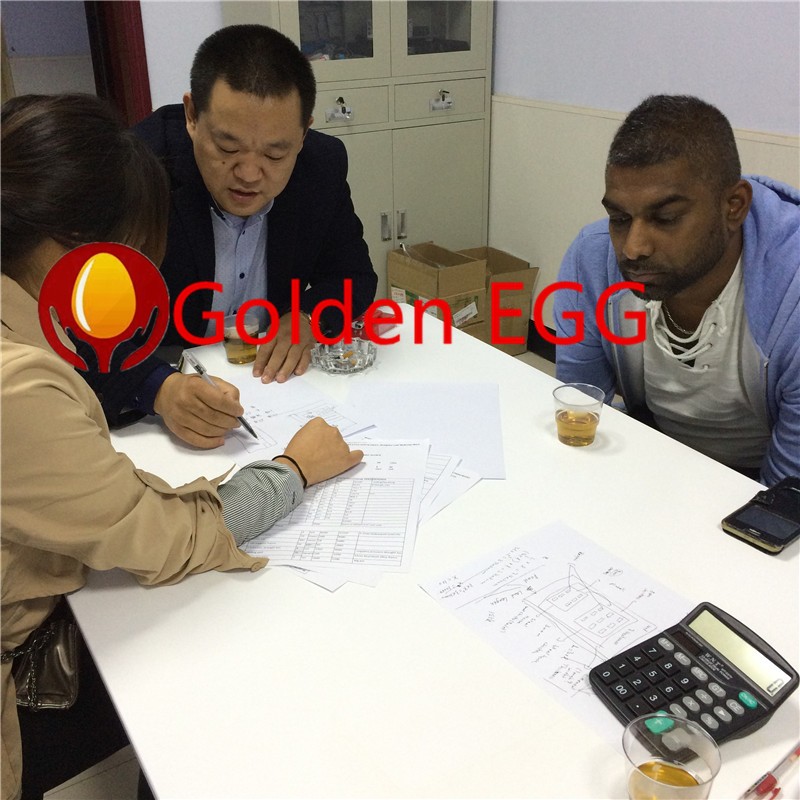The poultry farm equipment mainly consists of cage system, feeding system, drinking water system, lighting system, waste disposal system, automatic egg collection system, and environmental control system. Mechanized egg cages can be used to cycle production from hatching, brooding to the final commercial chicken or commercial eggs. Most of the houses are enclosed or semi-enclosed, and the automatic climate control system is used to control the microclimate and lighting in the house, so that the house can be produced in a balanced manner throughout the year to achieve a high degree of mechanization and automation. Under this mechanized farming method, the breeder can automatically complete the feeding of chickens, the collection of eggs, the removal of feces, ventilation and ventilation, control the temperature and humidity in the house, light intensity time, spray disinfectant and Add soluble drugs to drinking water.
In addition to manual picking up of dead chickens, sperm insemination, daily quarantine, and immunization, all processes can be automated using machines. In the broiler breeding equipment in the past two years, equipment and conveying equipment capable of batching the chickens in the entire house have even appeared, which is a major breakthrough in the broiler rearing technology field in which the feeding period is short.
With the promotion of mechanization of the chicken industry throughout the country, stepped and stacked layer cages have been improved and promoted, and the level of mechanization has been greatly improved, while other types of cages have gradually been eliminated from the market. In the current industry, semi-stepped styles are also called stepped or A-type cages, and stacked styles are also called overlapping or H-type cages. The semi-stepped cage has certain advantages in ventilation and lighting, and the equipment can realize the combination of mechanical automation and manual operation, so it can also deal with emergencies such as power outages. The stacked cages have a significant effect on breeding density. Its superiority, with the improvement of rural power facilities and the development of automation equipment, has also been widely used.
At present, a common step-by-step type of egg-raising equipment: the angle between the bracket bracing and the ground is reduced to 650-750. The larger central area of the cage system facilitates the vertical and vertical flow of the air, so the ventilation is better; the lower cages are offset more outwards in the vertical direction, so that the chickens in the next two cages are more fully in contact with the walkway. Light source, so the lighting effect is good. Remove the shroud from the top of the middle cage cage. The overlap of cages in the vertical direction is only 1/3 of the depth of the cage, and 1/3 of the cage near the front net is the feeding area for chickens. The probability that chickens will produce droppings of feces in this area will fall to the lower layer. Smaller, a small amount of feces will fall off the front of the cage block, so do not need to install the dung. The cage type is the same. As the lower layer is not installed with a shroud plate, the top net of the middle and lower layer cages can be designed to be horizontal, so that the chicken cages in each layer can be completely identical, which brings a cost for the standardized production of the cage net and the assembly of the cage system.
























